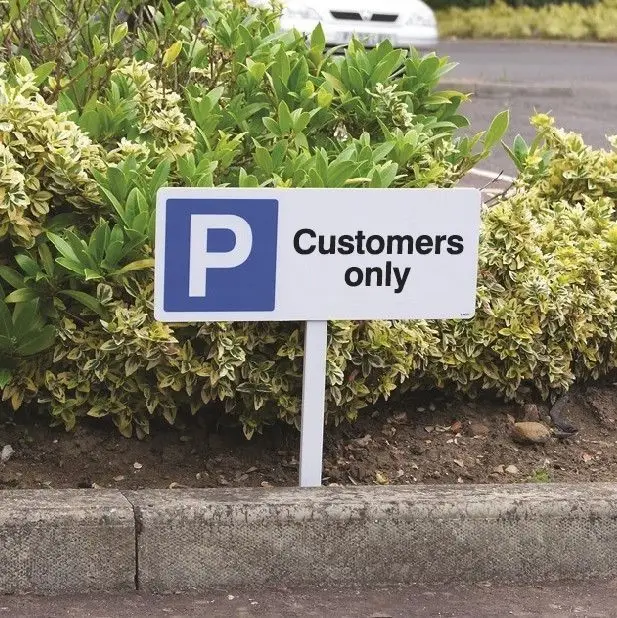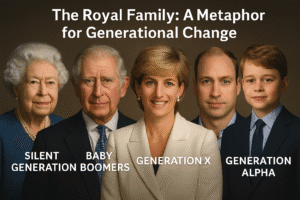What follows is a true story …
Philip is a twenty-year-old Generation Z employee. His company has worked hard to recruit him and now wants to help him develop his career.
Joe is Philip’s line manager: aged fifty-two, Generation X, with sixteen years’ management experience under his belt. Joe has a strong reputation for building high-performing teams.
Joe also wants Philip to succeed. He’s just not sure if that’s what Philip wants for himself. At times, the young employee seems unwilling to follow Joe’s advice. This is making Joe increasingly frustrated.
Eventually, things boil over. When Philip again fails to follow instructions, Joe explodes:
“F…… hell, Phil. You haven’t done what I said!”
Philip is shocked, then angry. Later that day, before leaving work, he confronts Joe:
“Don’t ever do that to me again! You wouldn’t do that to other players.”
If you haven’t worked it out, “Philip” is the Manchester City and England footballer, Phil Foden. “Joe” is his manager: Josep ‘Pep’ Guardiola.
The incident occurred in 2020 after a Champions League match. Foden had taken a free kick without following the manager’s instructions, causing Guardiola to shout and swear at him from the touchline.
According to the Daily Telegraph, it was also the first time that Foden had stood up to his manager – ironic, given that for months Guardiola had been encouraging him to be more assertive. Now here he was, letting his boss know that he had overstepped the mark.
‘Leadership is about how you make people feel—about you, about the project or work you’re doing together, and especially about themselves.’ – Betsy Myers, COO to President Obama
In any industry or sector, a ‘traditional’ manager could have taken a dim view of Foden’s behaviour. Football managers in particular have a reputation for not tolerating those who dare question the word of the “gaffer.”
But that’s not what Guardiola did.
First, he took the twenty-year old aside and apologised to him profusely. The following day, he called a team meeting for all his staff and players so that he could apologise again to Foden, this time in public.
He then paid a self-imposed fine into the players’ kitty.
In other words, Guardiola treated one of his youngest and most junior employees like his most valued and respected customer – apologising to him individually, then again in front of other staff, before making a personal commitment that this would never happen again.
“You know what happens in all the big companies and businesses in the world – if something isn’t working, you have to find a solution.” – Pep Guardiola
Such clashes occur in most organisations, though perhaps in less ‘colourful’ language. If unresolved, they can quickly turn toxic, destroying the wellbeing of individuals and teams.
Wellbeing at Work
I have spent the past decade helping organisations build strong, inclusive, wellbeing environments. I’ve designed and led wellbeing workshops, crafted wellbeing strategies, and led research projects to find out what wellbeing means across different generations.
Three things I have discovered about wellbeing at work:
- It isn’t a one-off activity. No matter how much fun they might be at the time, the benefits of ‘away days’, pamper treatments, white-water rafting, paintballing etc. are always shorter-lived than you will have planned for.
- It means different things across different generations. People in their forties have different priorities to those in their twenties. That’s why a ‘one-size’ approach to wellbeing will generally fail at least one generation.
- It’s not something you can write on a website. No matter how often your website states “People are our number one asset,” unless it’s backed up with actions, its pointless.
How to creating a wellbeing at work culture (in just five words)
Dismantle the climbing walls, pack up the Pilates mats, send the puppy therapists packing. To create a long-lasting, inclusive wellbeing culture, there’s one thing you have to do.
You have to treat your employees like customers. Because your customers will never be any happier than your employees.
I first came across this idea while reading ‘The Customer Service Revolution’ by John DiJulius. He argues that in today’s business world, customer service is often the only differentiator between competing firms. As he writes, ‘If you don’t have a [great] relationship with your customers, you’d better be the cheapest.’
Crucially, DiJulius argues that having happy, motivated, engaged staff is essential for giving great service to customers and clients. As he writes:
“What employees experience, Customers will. The best marketing is happy, engaged employees.” John DiJulius
So, for happy, engaged employees, there are three things you need to do:
Listen to your employees to find out what their needs are; act on the information they provide; and check in regularly with them to see that it’s working.
At it’s core, that’s all it takes to build a thriving wellbeing at work culture.
Phil’s Pep Talk
Since his encounter with Guardiola, Foden has been voted Young Professional Footballer of the Year for the past two years running. When asked recently about his career objectives, he said:
“To keep focused and keep trying to improve … Learning everywhere, being with the team every day. Learning, improving every day …It’s a pleasure to be here.”
Is there any better definition of wellbeing at work?
Five Take-Aways:
- Remember: you hired your staff as employees, but they also hired you as their boss – your task now is to go to work for every member of your team everyday, just like you do for your most valued client or customer.
- Regardless of age or seniority, treat everyone in your team with equal respect – everyone’s job is as important as everyone else’s – and that includes the boss’s.
- Put as much time and energy into internal comms as you do for your external comms. Always write in the first-person. Avoid ‘corporate-speak’. And remember: your employees are not “Human Resources” – they’re your primary target audience.
- At meetings, listen more than you talk, particularly when speaking with junior staff. Never miss an opportunity to shut up.
- When things go wrong, apologise personally, publicly (if helpful), and take full responsibility. If in doubt, give yourself a Pep talk.
- Bonus Point: When talking to your employees, avoid using the term “No problem”. Why? Because it consists of two negatives.
I speak regularly at events on the future of work and the multi-generational workplace. Find out more about my work as a speaker or book me for your event by contacting Faye at faye@speakingoffice.com.
© Paul Redmond, August 2023







